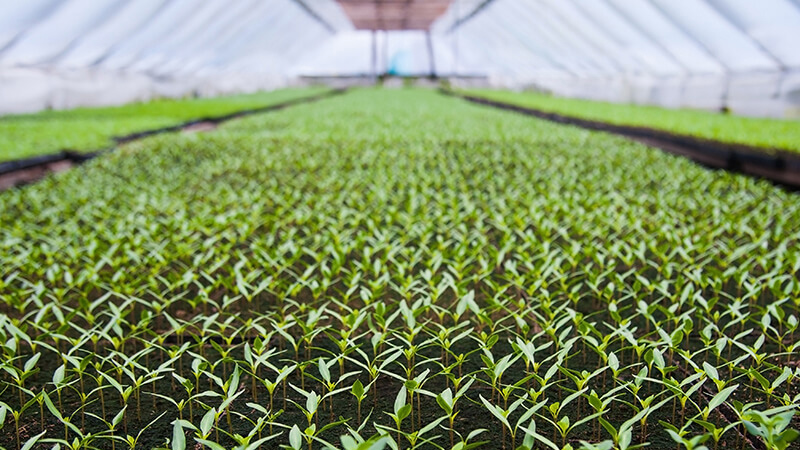How You Can Improve Rooting Uniformity With Rooting Hormones

A high-quality rooted herbaceous perennial cutting. Photo: W. Garrett Owen
Many growers propagate unrooted cuttings, but propagation success can vary among species, cultivars, and environmental conditions. Rooting hormones can be used to ensure and improve rooting success of vegetative shoot-tip cuttings.
In a recent e-GRO alert, W. Garrett Owen, Assistant Professor in Sustainable Greenhouse Nursery Systems at The Ohio State University, notes that many annual and herbaceous perennial bedding plants can successfully be propagated from unrooted shoot-tip cuttings. Growers must maintain a favorable propagation environment and implement cultural practices to promote root initiation and subsequent root growth and development. While many growers may be challenged with achieving an optimal propagation daily light integral of 8 to 12 mol·m–2·s–1 or maintaining desirable air and root-zone temperatures or vapor pressure deficit, most growers can easily implement rooting hormones.
Rooting hormones are considered plant growth regulating chemicals because they stimulate a favorable response in plants – rooting. When applied properly, Owen says rooting hormones can accelerate root initiation, improve rooting uniformity, aid in rooting of moderate to difficult-to-root species, increase the number of roots produced per cutting, and ultimately reduce shrink and propagation time. Of course, when rooting hormones and other cultural practices are combined with optimal environmental conditions, results are high-quality, well rooted cuttings.
To learn more about root-promoting compounds, and to find a list of annual and herbaceous perennial bedding plant species with high, moderate, and low beneficial response from a rooting hormone application in propagation, click here to find the original e-GRO alert.









